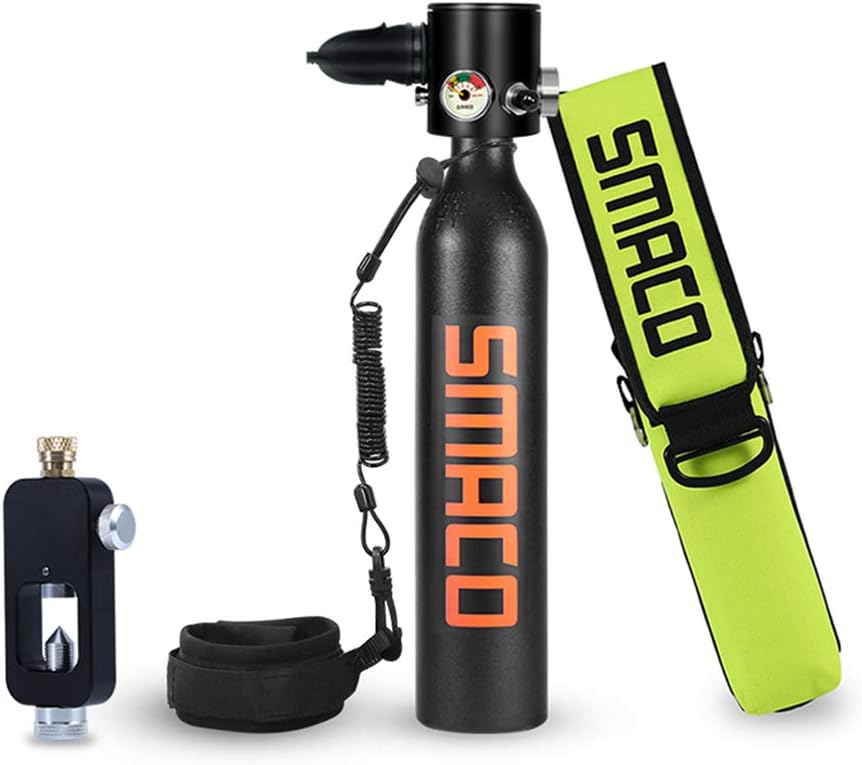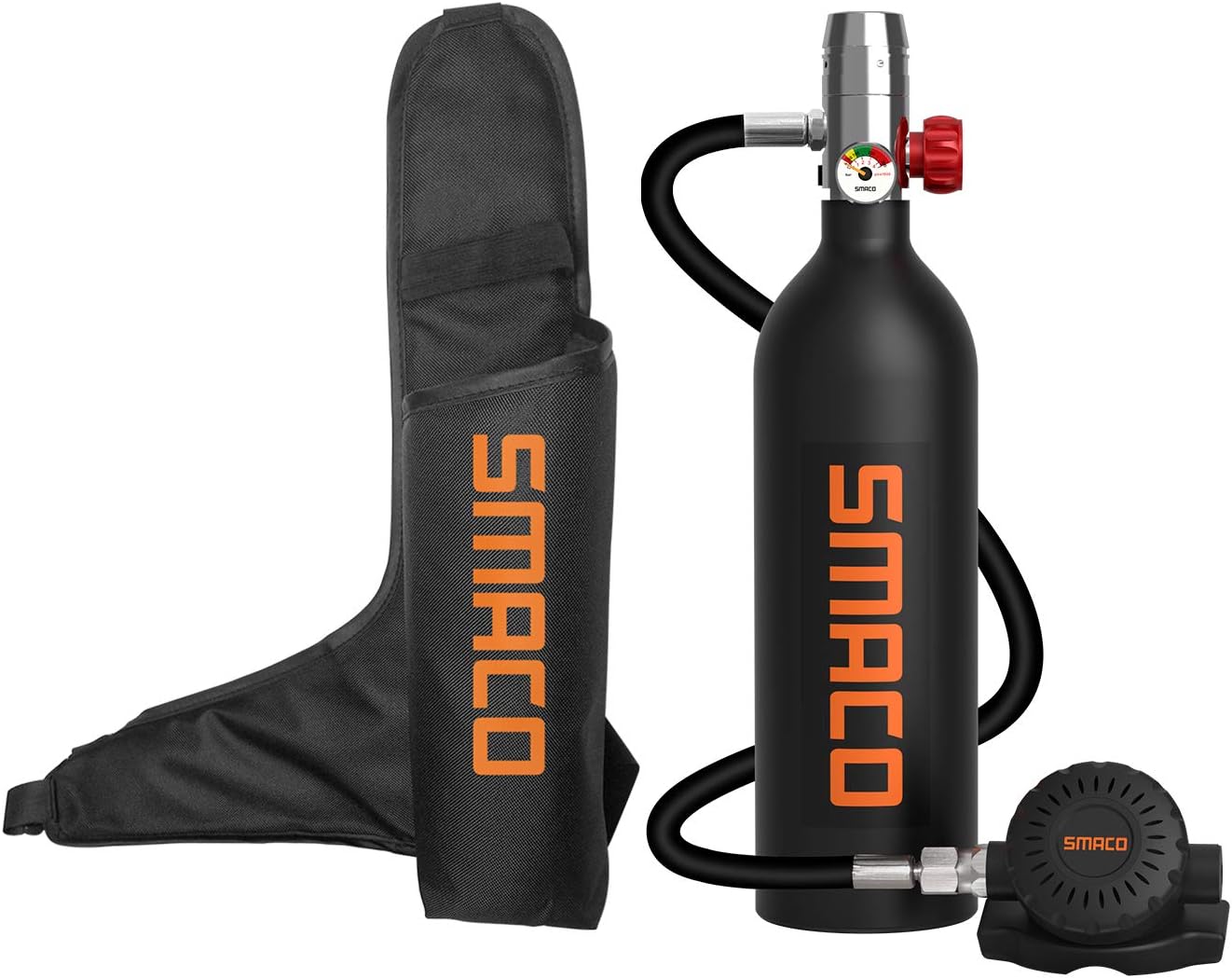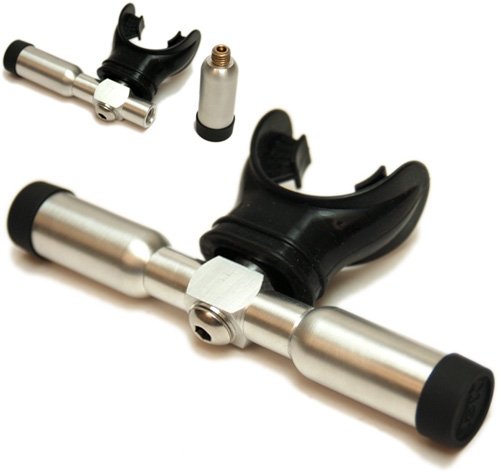Rebel Lord
Line Up and Wait
So me and another pilot are in a pretty heated debate about whether having a small scuba tank for each passenger in the event of a water ditching. We are talking about a piper Cherokee. He wants to buy each passenger position a small scuba tank to help escape.
im trying to convince him that it’s not necessary at all and would in the unlikely event of water ditching would only hinder.
I need some outside opinions because we are going in circles. Thanks
im trying to convince him that it’s not necessary at all and would in the unlikely event of water ditching would only hinder.
I need some outside opinions because we are going in circles. Thanks






